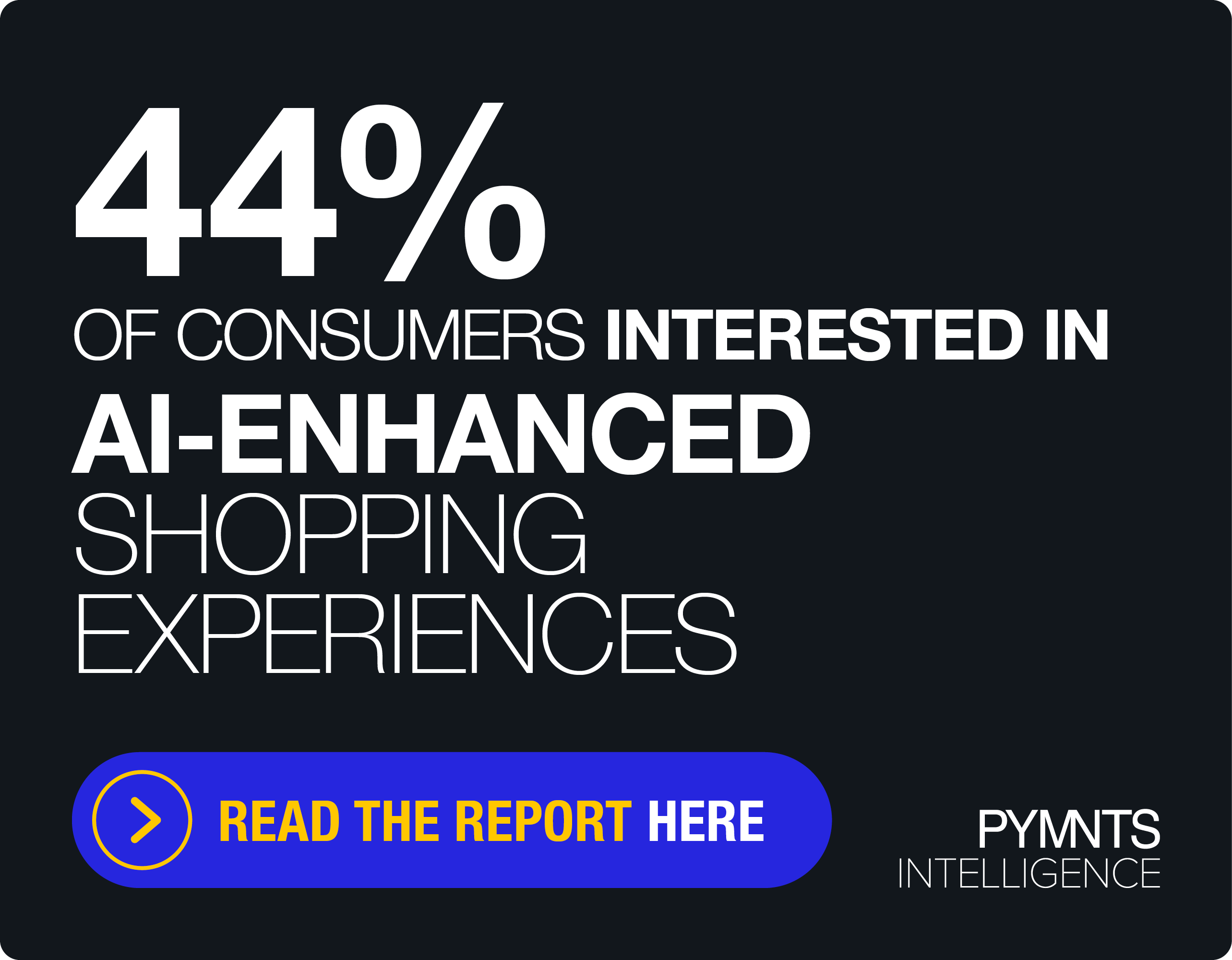Flashy FinTech Not Always The Answer To Better Corporate Banking

Financial software firm Misys had a bit of a roller coaster year in a market constantly in flux. The U.K. company canceled its IPO last October, citing “current market conditions” as its reason behind deciding not to pursue an estimated $7 billion float on the London Stock Exchange.
Those market conditions present interesting obstacles and opportunities for everyone in the banking FinTech space. Soon after the company scrapped its IPO plans, Misys launched a new solution for its bank customers to “take back that piece of the lending market” taken away from alternative lending competitors, said Senior Product Officer Jean-Cedric Jollant in an interview with PYMNTS last year.
Today, Misys is gearing up for another overhaul that similarly reflects times of flux and progress in banking technology and corporate finance. The company will merge with DH Corp., otherwise known as D+H, following D+H’s acquisition by Visa to more than $2 billion.
Reports last week said the merger aims to create a FinTech “powerhouse” as both Misys and D+H evolve their services to meet the more sophisticated demands of the industry. In a recent interview with PYMNTS, Ben Singh-Jarrold, corporate banking strategist at Misys, reflected on some of the industry forces that are guiding the evolution of the sector.
For one, he explained, current relationships between corporates and their banks are sub-par. Financial service providers must balance “process complexity with funding and risk management,” the executive said.
“In reality, corporate banking is fragmented,” Singh-Jarrold continued. “The global nature of corporate supply chains, decentralized operations, multiple banking relationships and now a patchwork of technology are driving this inefficiency.”
In this web of demands, banks are also struggling to catch up to their FinTech peers and rivals and to upgrade their systems with more digital, streamlined corporate services.
But according to Singh-Jarrold, banks deploying the latest and brightest of FinTech innovation isn’t going to solve this problem.
“Corporate treasurers would rather have reliable, joined-up services, backed by operational excellence than product innovation or the latest FinTech bells and whistles,” he said. “They want the reduced turnaround times, to get accurate and timely access to data, and to rely on relationship banking services that can help them to get the right funding at the right time while being able to predict and mitigate risks across the business.”
As corporate treasurers guide their companies to the services they need and aim to manage working capital in a fragmented, global market, banks are in a position to be a partner to their business clients. That relationship is what Singh-Jarrold called the “secret sauce” to working capital management, but it can only function as needed if a bank’s services are interconnected and integrated.
“Optimizing the data flow between the movement of goods in the physical supply chain, the procurement and payment lifecycle, and the management of cash is the end game,” he said, adding that banks must provide linked solutions with data flowing across all of them to truly become a dependable aide to corporate customers.
Today, there are even more opportunities for banks to optimize their corporate solutions because of this flow of data.
Again, Singh-Jarrold called on banks to act on that opportunity.
“Now is really the time for banks to open their minds to the potential of open APIs and the connected ecosystem,” he stated. “If they don’t, new entrants, legitimized by the revised PSD2 regulation, for example, certainly will.”
He cited a survey Misys conducted at financial services conference Sibos in which the majority of banks agreed that the current market climate presents a chance to collaborate with FinTechs and take the lead on innovative efforts. That could be big news for corporates, said Singh-Jarrold, though he did explain that businesses are not looking to make the decisions on how banks should digitize and innovate.
“Corporates don’t want to be the pioneers of new technology, and the language of blockchain and artificial intelligence is not the language of corporate treasury,” he said. “Banks and technology firms need to translate the use cases where emerging technologies are the enabler into how they solve corporate needs.”
Businesses choose their banking partners based on what’s most competitively priced and who has the highest quality of services, he continued. FIs that provide flashy, innovative solutions won’t win over new corporate customers on the basis of those services alone. With this in mind, however, the executive argued that corporates are in a position to guide the corporate banking industry in a major way.
“What is interesting,” Singh-Jarrold said about the Sibos survey, “is the power it could put in the hands of corporates themselves to consolidate their view of financial operations across multiple banks and counterparties. The question is, how might this change the model of relationship banking and the ways in which banks communicate and present information to their corporate clients, through physical and digital channels?”
It’s a loaded question, and one Misys will now attempt to answer — or, at the very least, explore — as it moves forward in the market as part of D+H.
Already, D+H has made its next move. The company announced this week that it is rolling out a cloud-based small business lending solution for banks, allowing FIs to offer an online, streamlined application process for SMEs. According to D+H, or small businesses, it’s a way to apply for a loan more easily — a hugely beneficial offering, especially considering the competition from alternative lenders that has looked to take away SME lending market share from traditional FIs. For banks, it’s a way to attract new small business customers and gain easier access to data through digital process.
It’s just one example of how banks can step into the world of FinTech innovation in a way that makes an impact on their business clients. According to Singh-Jarrold, that will be the driving force behind the evolution for corporate banking moving forward.
“For years, banks have been talking a good game when it comes to linking the physical and financial supply chain, but the complexity of corporate and bank operations means that nirvana has been hard to reach,” he said. “Today, the technology, integration, analytics and increasingly open banking principles make nirvana possible.”
